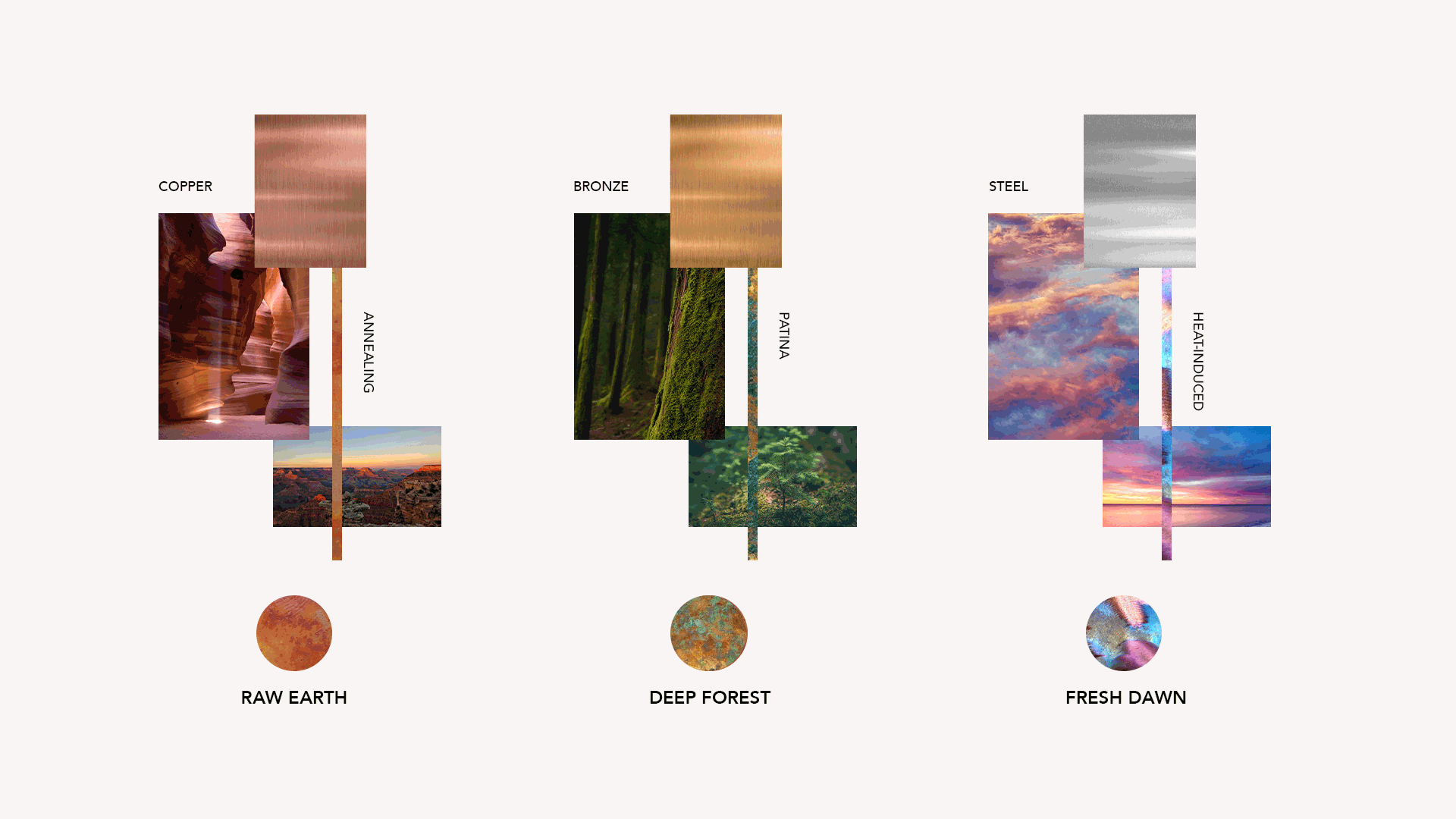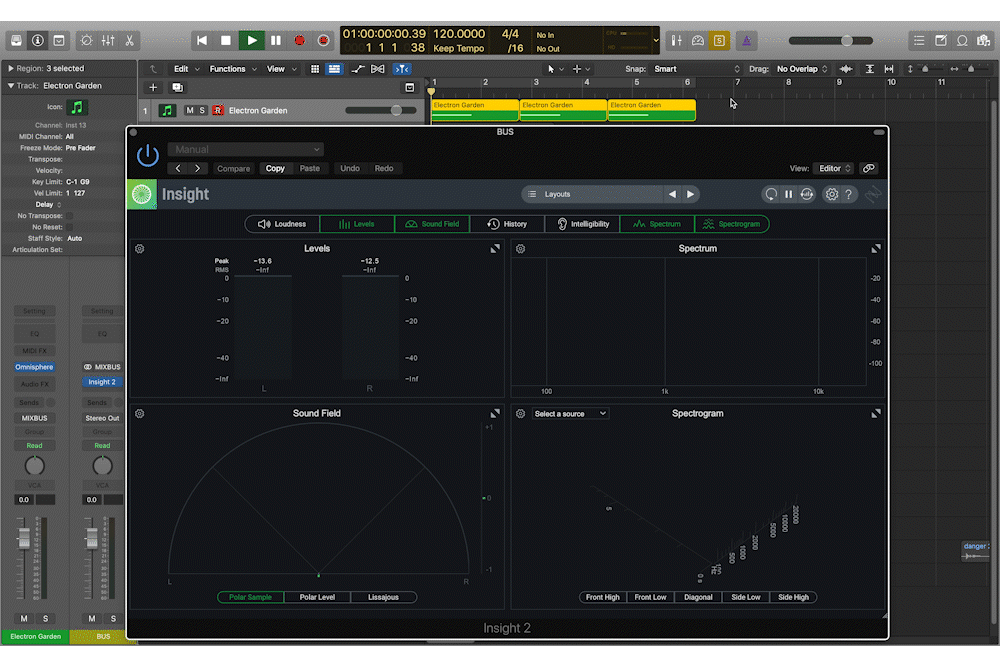ANORA
AMBIENT NOSES
A cross-modal toolkit comprising a family of smart lighting fixtures for the home that sense dangerous gasses for those who don’t have the ability to smell.
OVERVIEW
Our bodies design our realities and tailor our experience of the world into a multisensory adventure. Anora highlights the invisible reality of anosmia/ the inability to smell through extensive research on the challenges of one-dimensional safety measures and binary experiences in contrast to how we as humans experience the world by engaging several senses at a time. Anora proposes methods on designing products that enhance sensory awareness instead of eliminating them, and to visualize the invisible in a thought provoking and conversation sparking form.
Outcome
Lighting Design
Design for Social Impact
Design for Social Inclusion
Masters in Industrial Design Thesis
Exhibited at Pratt Shows '22
Timeline
September '20 - May '22
My Role
Industrial Design
UX Research and Design
Stakeholder Management
Sensory Interaction Design
In Collaboration with
Pradvay Sivashankar, Audio Engineer
Rijul Singh, Technical Support
Advisors
Rebeccah Pailes-Friedman
Constantin Boym
Deb Johnson

Results of the third association test conducted with anosmics and the genesis of initial ideation of a tangible product

CONTEXT
Among the primal human senses, olfaction is perhaps the baseline of sensory experiences, as parts of a song that people forget about but is essential in keeping the music on beat. As one of the most undervalued and least understood sensory systems, olfactory dysfunction is a lesser known disparate condition that forms the basis of lesser known invisible realities. My area of research is the inability to smell from birth known as congenital anosmia.

Design Process for Anora
RESEARCH
Navigating an odorless reality calls for further investigation into the role of our senses in daily routines, personal relationships, and social behaviors.[1] Significantly reduced quality of life including loss of appetite, altered sense of taste, reduced personal hygiene, emotional distress, and safety concerns where a sense of smell serves as a warning of potential danger.
-
Safety Concerns - Smoke detectors offer some relief but remain one-dimensional solutions to safety that don’t inform anosmics about the source of danger.
-
Design Exclusion - The use of Mercaptan, as a safety measure in gas leaks, is a prominent example of not only the role of scent in life-threatening situations but also, the exclusion of anosmics from its design.

Infographic displaying key findings about the anosmic needs, wants, and desires
IDEATION
Senses talk to one another and this cross-talk can be used to integrate sensory substitution techniques that can aid in navigating an odorless world. Based on the findings from cross modal association tests, I began ideating product forms and colors through 2D and 3D sketches. An array of rapid 3D abstractions resulted in the formation of a lighting fixture design.
Designed with the user and their invisible sensorial disability in mind, the app features numerical data collected from the sensor in respective rooms/ locations of the house along with VOC information. The verbiage was also carefully selected to translate dangers into taste related analogies - sour for bad odor and sweet for good ones.
PROTOTYPING
The fastest and least expensive option to prototype is ‘Raw Earth’ that used copper and a copper patina, paired with a matte finish acrylic piece in the color black. The next step was to determine the location of the lighting source and its consequent materials in place to emphasize indications in a visual manner. The fabrication process involved metal work for the stem and base, laser cutting and 3D printing the ring fixtures along with fleshing out the electricals. The result was also tested in combination with visual palette for its effectiveness in communicating urgencies.
OUTCOME
The final prototype featured a ceiling mounted chandelier that is a beautiful lighting fixture for the home and smells for you if you don’t have the ability to smell. Made from metal and acrylic, the product is a visually beautiful element with customizable number of rings per the user’s need and placement in the home. The lamp lights up in cool white light when functioning as a regular lighting fixture and changes its visual properties on detecting danger.

The change in color indication on detecting dangerous gasses
REFLECTION
I believe that this project is the very first step towards the larger goal of designing for inclusion. Imagine spraying a room with some Febreeze and being able to watch its scent disperse while it blends with other scents within that space. With advancements in scent technology, one can speculate the use of mixed reality in using smells around the house to enhance everyday odors in augmented experiences. For example, a scent-detecting soft contact lens with biosensors which helps augment a scent-based aura around specific objects in the user’s point of view. An Anora lens user perceives scent via visual modalities in their immediate environment, somewhat similar to how normosmics detect scent in their surroundings, uniting those who can smell with those who can't smell.

Current Landscape: Top rated smoke detectors at home, none with a mode to gauge other harmful gasses

Exclusion of anosmics from its design
REFERENCES
[1] Guijarro, Jimena. “The Aroma of Inclusive Design.” Medium. propelland, March 31, 2020. https://medium.com/propelland/the-aroma-of-inclusive-design-5745aa3109df.


Current Landscape
Even with advancements in inclusive design methodologies, research reveals that there remain no design solutions that embrace anosmia, whether directly or as part of standard accessibility guidelines. At present, we lack effective tests and therapies, much less a cure for congenital anosmia. The invisibility of congenital anosmia often contributes to it being overlooked, misunderstood, and consequently dismissed as a serious disability.

User Stories: Illustrations depicting the pain points conveyed by anosmics
Smart Lighting Fixtures
Exploration A was selected to be prototyped after receiving the most positive feedback from all explorations. This form was made with odor in mind, meant to represent the floating of scent molecules in the air. The lightness of this 3D abstraction combined with the visual dominance of the rings could be successfully used in the design of an alert system. The form also proves to have versatility in its application of the placement in the home environment.

Moodboard
CONCEPT DEVELOPMENT
Defined by the tests conducted for the audio-visual palettes, and informed by the observations of the participants, the resulting lighting fixtures from 2D ideation constitute the home accessory products in the cross modal toolkit. In collaboration with audio-engineer, Pradvay Sivashankar, whose expertise on audio production helped iterate, test, and determine the sound palette for the final design in a seamless process. The goal of the auditory signal is to progress from one level to another starting with a consonant tune that dramatically changes to dissonant sounds that catch the user’s attention.

Materials Board: 3D renders for each theme visible on hover

Mobile App UI

Illustration of the interlinked system in a generic floor plan

Concept art for Anora Lens augmenting scent

The osmias: A sense of smell spectrum by Frauke Galia, 2022
Sensory Translation
When asked to prioritize the smell input with another sense, participating anosmics listed vision as their top choice of sensory substitution. This led me to investigate the visual factors that influence our scent perception in the form of shape, opacity, and flow of color. The commonalities between odor-taste associations in 8-10 basic colors conducted with normosmics was cross-referenced and tested in anosmics using 4 primary taste groups (sweet, sour, salty, bitter) assigned to one hue from a color wheel.

Results of odor-color association survey, 2021

Form finding and 3D Abstractions

Form Selection: 5 selected explorations through various critique sessions and aesthetic preferences

Testing and validation results
OVERVIEW
Our bodies design our realities and tailor our experience of the world into a multisensory adventure. Anora highlights the invisible reality of anosmia/ the inability to smell through extensive research on the challenges of one-dimensional safety measures and binary experiences in contrast to how we as humans experience the world by engaging several senses at a time. Anora proposes methods on designing products that enhance sensory awareness instead of eliminating them, and to visualize the invisible in a thought provoking and conversation sparking form.
Outcome
Lighting Design
Design for Social Impact
Design for Social Inclusion
Masters in Industrial Design Thesis
Exhibited at Pratt Shows '22
Timeline
September '20 - May '22
My Role
Industrial Design
UX Research and Design
Stakeholder Management
Sensory Interaction Design
In Collaboration with
Pradvay Sivashankar, Audio Engineer
Rijul Singh, Technical Support
Advisors
Rebeccah Pailes-Friedman
Constantin Boym
Deb Johnson

Specifications of a wall mounted version

Specifications of a table top version

Specifications of a stem mounted version
ANORA
AMBIENT NOSES
A cross-modal toolkit comprising a family of smart lighting fixtures for the home that sense dangerous gasses for those who don’t have the ability to smell.

Anora toolkit with an interlinked system

Sound design with an audio engineer

Sensory Translation: Communication and translation with levels of urgency

Anora specifications

Trial and error with copper patina and 3D printing

Product in context

Close up shot of the vibrant patina

Infographic displaying key findings about the anosmic needs, wants, and desires

Mobile App UI

Concept art for augmented scent
